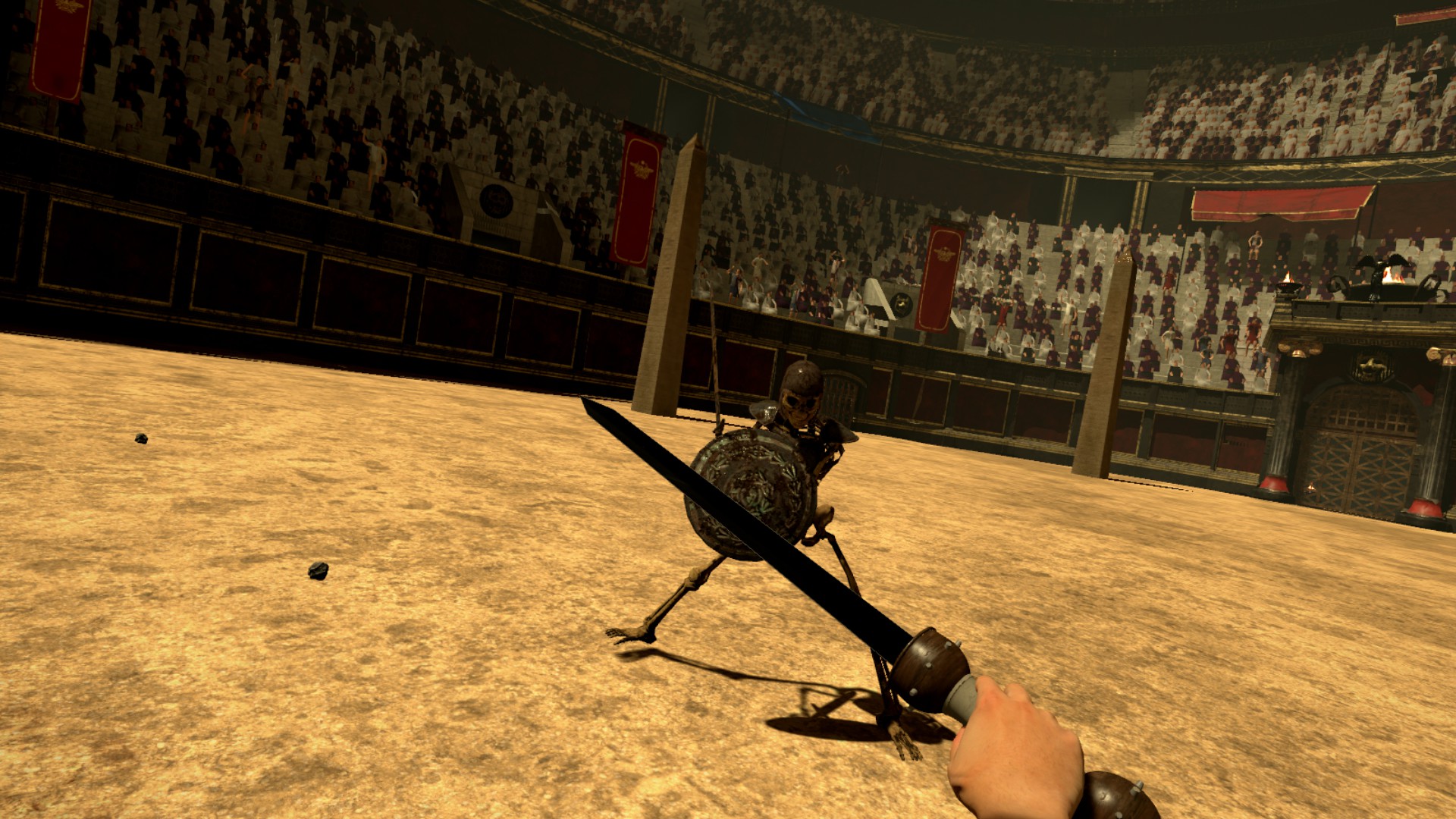
The Roman method of fighting limited the number of casualties suffered by their troops. The Roman soldiers became efficient with their weapons through intensive and continuous training. Using these tactics, the Romans were able to defeat different types of enemy infantry. According to Roman tactical doctrine, emphasis was on using the scutum to provide maximum body coverage, while the gladius was used to attack with devastating thrusts and short cuts. Once the enemy ranks had been shattered by the initial shower of javelins, the legionaries drew their short swords and charged their opponents. The pilum was extremely difficult to remove after hitting the external part of a shield or of a cuirass. The first weapon the Romans used in a battle was the pilum, a javelin specifically designed to kill enemies from long distances or to limit them in the use of their shields. These weapons were the pilum, gladius, and pugio (dagger). Each of its components was equipped with extremely efficient but flexible defensive equipment, including a helmet, a lorica hamata (mail cuirass), and scutum (large shield) however, the real strength of the Roman army lay in the offensive weapons used by its soldiers. The Roman legion was a large formation of heavy infantry. The short and sturdy Romans preferred to fight hand to hand to maximize the effect of their general superiority in training and weaponry.

Unlike the Macedonians, the Romans did not use long lances, such as the Macedonian sarissa.

The Greek and Macedonian armies’ primary tactical formation was the phalanx, whereas the Romans were organized in legions divided into units called centuries. The Macedonians for the first time were facing the Roman military machine and its awesome military technology. “When they had seen bodies chopped to pieces by the gladius Hispaniensis, arms torn away, shoulders and all, or heads separated from the bodies, with the necks completely severed, or vitals laid open, and other fearful wounds, realized in a general panic with what weapons and what men they had to fight,” wrote Livy in the History of Rome. In describing the war between the Romans and the Macedonians in 200 BC, Livy wrote of the devastating practical and psychological impact the gladius had on the military forces of King Philip V of Macedon, who were accustomed to fighting with spears, javelins, and arrows. To understand the importance this short sword had on the battlefields of antiquity, it is best to start with the Roman historian Livy.

Few weapons in world history have had such great tactical importance as the Roman gladius.


 0 kommentar(er)
0 kommentar(er)
